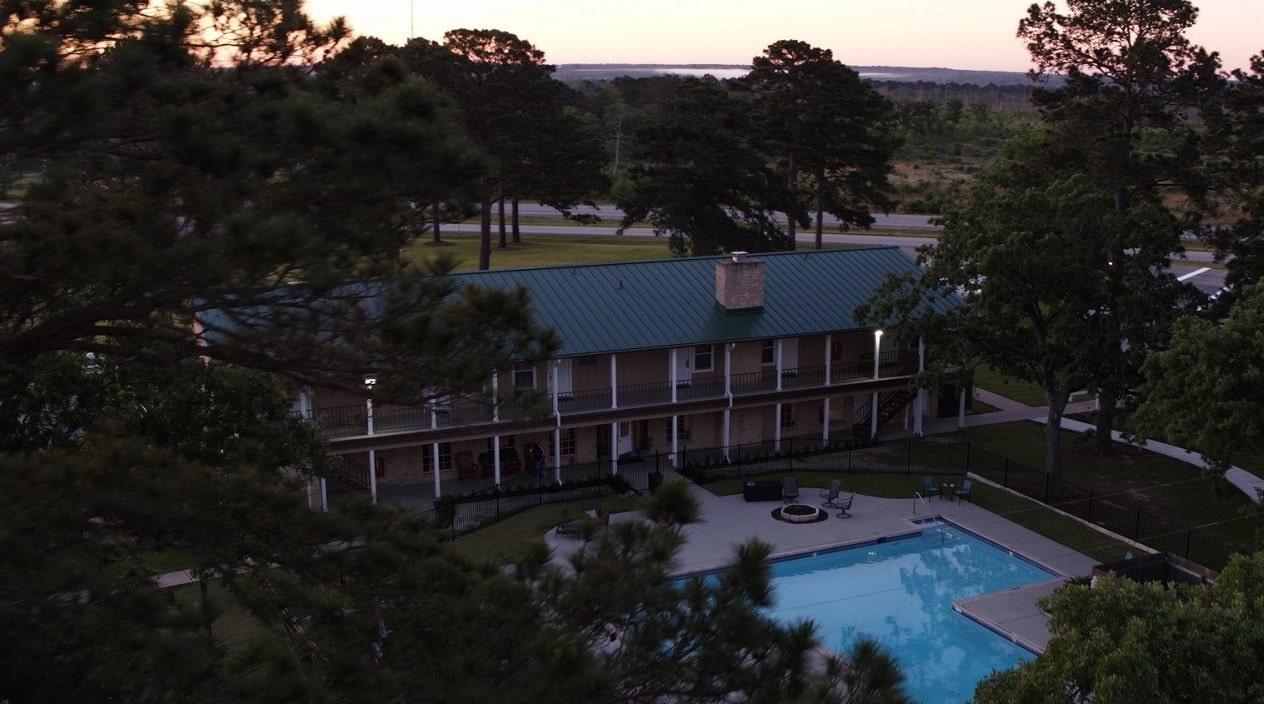Pain (Pixabay)
Opioid abuse is epidemic, but what is the cause? Is it that the pharmaceutical companies oversold how nonaddictive they were, and people legitimately seeking pain relief accidentally became addicted? Or were they abused by recreational users trying to get high? Or are there more possibilities?
Maia Szalavitz, author Unbroken Brain: A Revolutionary New Way of Understanding Addiction, says that “75 percent of all opioid misuse starts with people using medication that wasn’t prescribed for them—obtained from a friend, family member or dealer,” and that of 136,000 overdose victims treated in one emergency room in 2010, “just 13 percent had a chronic pain condition.”
From these statistics, Szalavitz concludes that most addicts didn’t start out taking opioids for chronic pain and becoming accidentally addicted. They stated out using opioids for some other reason and eventually became addicted. It wasn’t intentional per se, but the natural consequence of their actions.
The most likely cause, Szalavitz adds, is that “at least half of people with opioid addictions also have a mental illness or personality disorder,” known as a co-morbidity, co-occurring disorder or a dual diagnosis. They were self-medicating.
And Johann Hari, author of Chasing The Scream: The First and Last Days of the War on Drugs, also thinks they were self-medicating, but for not for mental illness. “Opiate use is climbing because people feel more distressed and disconnected, and are turning to anesthetics to cope with their psychological pain.”
Neither Szalavitz or Hari say no one becomes addicted while using an opioid prescription painkiller as prescribed for chronic pain, absent some psychological cause, but it is too small an amount to justify throwing out the painkiller baby with the bathwater. In fact, prohibiting opioids for chronic pain sufferers punishes the wrong people.
I don’t necessarily doubt Szalavitz or Hari’s statistics, but I’m not convinced their conclusions are valid. In some states, including Michigan, there are more prescriptions for opioids than there are people. That sounds like over-prescription. And that doesn’t include the illegally obtained drugs, at least some of which may be by former prescription pain killer patients who ran out of legitimate prescriptions. But I can’t dismiss their findings outright.
Szalavitz emphasizes harm reduction and medication-assisted treatment (MAT), even if it’s a lifelong treatment. And Hari recommends the world follow Portugal’s example, decriminalize all drugs and put the money that went into law enforcement efforts to stop it into a special sort of treatment: “reconnecting them — to their own feelings, and to the wider society. The most crucial step is to get them secure housing, and subsidized jobs so they have a purpose in life, and something to get out of bed for.
More money for substance use disorder treatment instead of arrest, trial and incarceration sounds logical to me, whatever the underlying cause. MAT works, too. Study cannabis and ibogaine, too.
The Buddha said, we need more bridges, not more walls. Incarceration, like addiction is a wall. Treatment is a bridge.

